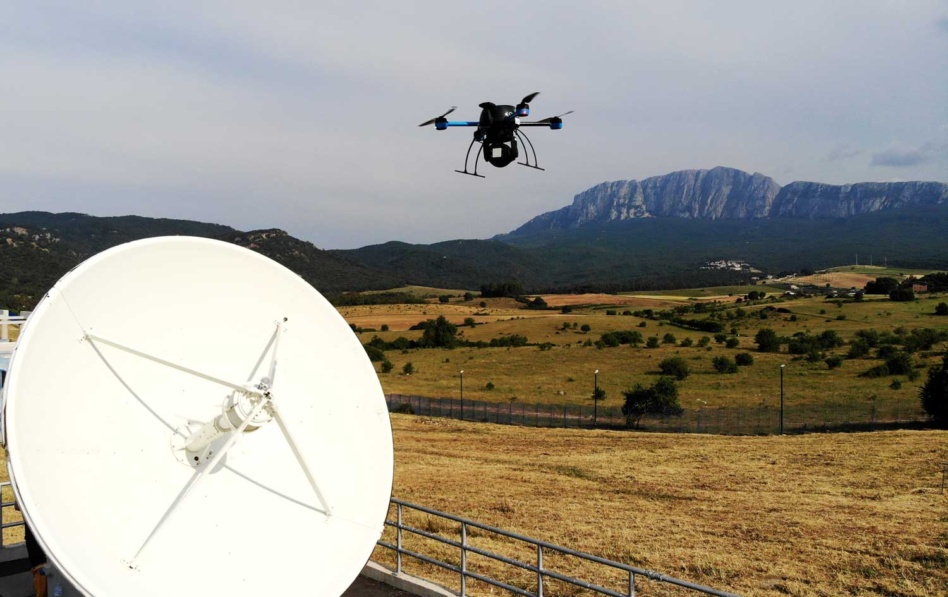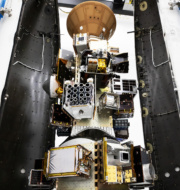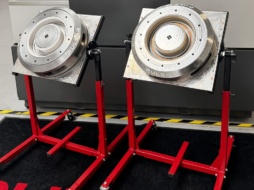Today, OneWeb and QuadSAT announced they’ve partnered to test ground-based satellite antennas using automated drones. The companies carried out tests at the Telespazio teleport in Scanzano, Italy. QuadSAT drones are now bound for additional OneWeb sites.
The announcement is timely for both players.
- Last week, OneWeb essentially reached the halfway mark for its proposed 648-satellite constellation. The company has a total of 322 satellites in orbit.
- QuadSAT tells Payload it’s preparing to raise a Series A in the coming months. The company’s prior investors include Seraphim Space, Vækstfonden (Denmark’s state investment fund), and angel Helge Munk.
Meet QuadSAT
The four-year-old seed-stage Danish startup is developing a drone-based inspection system for critical infrastructure sectors. QuadSAT is first pitching its wares to satellite operators, where the economics are most favorable.
- “The highest value per measurement comes from large antennas,” CEO and founder Joakim Espeland told Payload.
- QuadSAT offers drones as a service, but also sells the hardware and software package outright.
How the tech works: QuadSAT has integrated a drone, automated flight software, a mechanized gimbal, and a bespoke radio frequency (RF) payload. The drone flies in front of an antenna, scans the entire area in a lawn-mower fashion, and generates “a heatmap of the entire performance of the antenna,” per Espeland.
“What I really want to do…is make drones just another tool in the toolbag for satellite technicians and antenna engineers,” Espeland said.
In-situ
“During this initial phase, we were really impressed with both the quality of the data and the ability to carry out the test within a very short time frame,” Joseph Paciaroni, OneWeb’s Director of Gateway Deployment, said in a press release.
OneWeb’s gateway stations run up to 3.5 meters (~11.5 feet). You can’t expect Amazon Prime-like shipping convenience when packing up that hardware and sending it around the world. For obvious reasons, sending antennas to a test range or inspection lab comes with logistical headaches.
Once operators install antennas, they primarily use on-orbit testing for diagnostics and calibration. By subbing in drones, technicians could theoretically boost on-site testing while minimizing downtime. Espeland predicts that down the road, his company “can bring down the price per measurement so much that it would be negligent not to measure an antenna whenever a technician visited.”
Upshot: As OneWeb builds out the infrastructure for its LEO constellation, the company’s antenna sites could be a good testing ground for QuadSAT. “This can tell them how their antennas are performing…[or] what they need to do to bring them into spec,” Espeland said. And eventually, QuadSAT systems could also help with user terminal testing and calibration.




